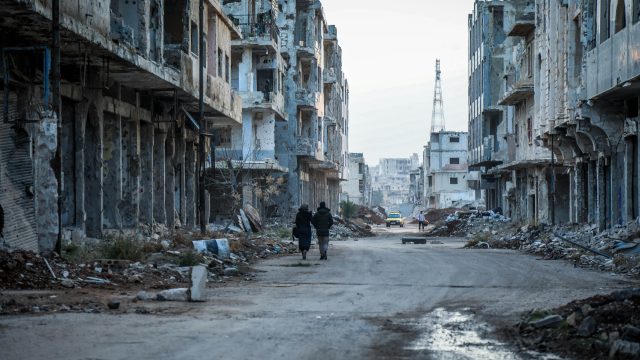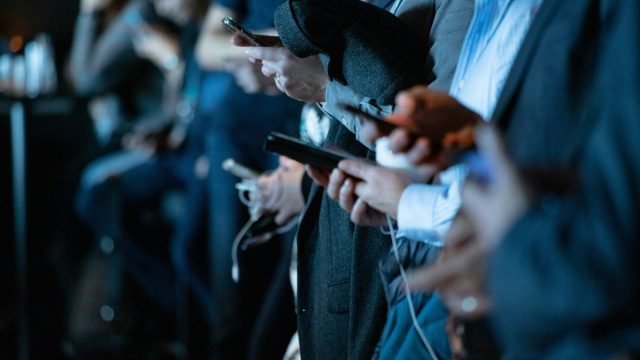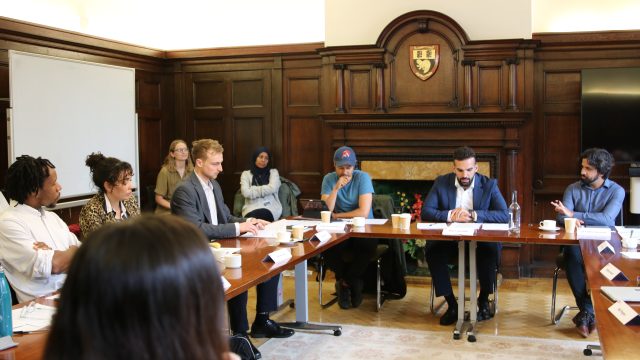What we learned at the Stories for Life Virtual Gathering
What do stories and story-telling have to do with the daunting challenges we face in the coming century? Turns out, quite a lot.
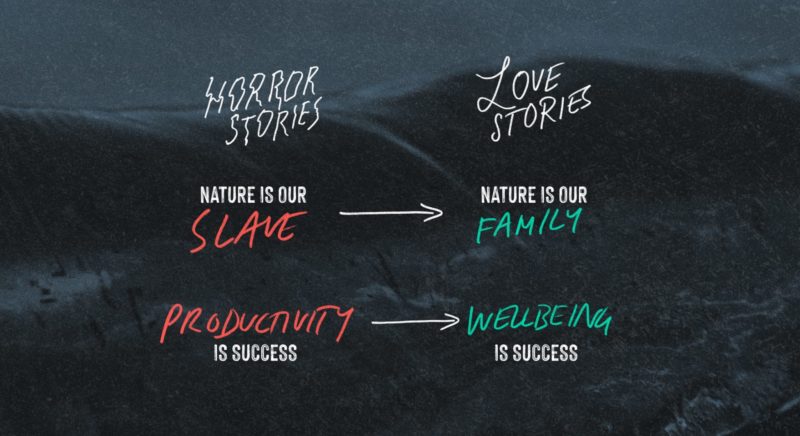
“ When the forms of an old culture are dying, the new culture is created by those people who are not afraid to be insecure.”
What do stories and story-telling have to do with the daunting challenges we face in the coming century?
That was the question at the heart of our Stories for Life Virtual Gathering, held June 8 by the GEC, Wellbeing Alliance, and Spaceship Earth - bringing together activists and creatives to explore how we might shape new stories to achieve real social change. Hosted by creative strategist and Stories for Life co-author Dan Burgess, we explored how storytelling and imagination can move us toward an economy in service to life through creative culture, arts, activism, new economic design, community action and more.
Here’s what we found.
The context: from separation to interconnection
As the co-author of the Stories for Life project Paddy Loughman put it, stories aren't frivolous entertainment, but are the coding that shape what we believe, what we choose, who we are, the way we think, feel and act every day. Stories shape our understanding of the world and the way we act in it. And therefore stories shape the world itself.
“ When a system is far from equilibrium, small islands of coherence have the capacity to shift the entire structure.”
A story is a unit of narrative, like a tile to a mosaic or threads to a tapestry; together, several stories weave a broader narrative, a narrative that forms the fabric of our reality. And, as Paddy demonstrated, the fundamental narrative that sits at the heart of modern economics is that we are separate from nature and each other. This narrative of separation insists that nature is external to our economy, rather than the foundational source of all value.
Paddy called on us all to spot and drop the “horror stories” that maintain this narrative of separation – like “nature is our slave”, or “productivity alone equals success”. And second, at the same time, to pick out, create and carry the love stories that can weave new narratives of interconnection. If we can tell these stories for life, we can all play our part in designing an economy in service to life, for all our sakes.
Can stories alone change systems?
For Ella Saltmarshe, co-founder of The Long Time Project, myth and stories have been fundamental to our evolution as a species. But, she asked, how do stories change systems? Drawing on the work of Donella Meadows, Ella argued that if you really want to change the system, then you need to address the fundamental goals of the system – and those goals and purpose of a system will always be embedded in narrative, worldview and values.
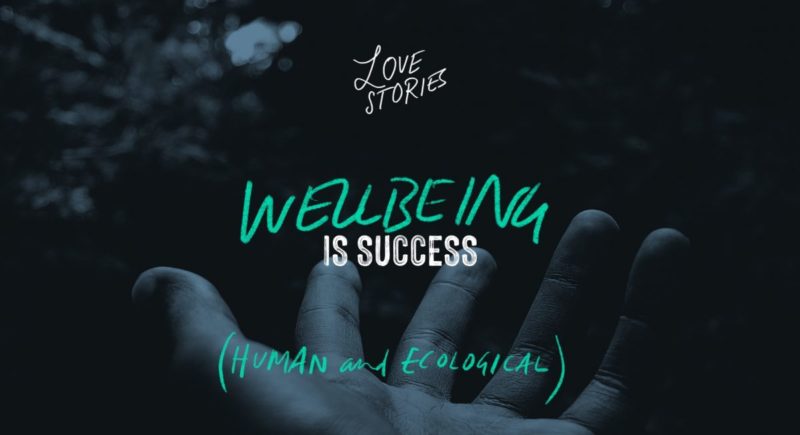
Ella’s organisation approaches this shift by asking a simple, powerful question: what changes when we understand ourselves to be ancestors? By reimagining ourselves as ancestors, people can start to feel a sense of kinship and care for the billions of lives, both human and non-human, who have yet to be born, creating an emotional connection to the world beyond our lifetimes. And there has been real appetite for this work, both amongst communities and businesses, local governments and other institutions – creating new tools to embed long termism in their operations.
The donut: a new vision for 21st century economics
As well as reimagining our place in history, Carlota Sanz, Co-Founder of Doughnut Economics Action Lab, argued that we also need to reshape our basic understanding of what an economy is supposed to do. Outlining Kate Raworth’s original thinking, Carlota explained how the complex interaction of economic purpose, social safety nets and ecological limits can be rendered instantly understandable and relatable through a well-chosen metaphor – the donut.
“ Revealing the system to itself is a powerful change-making device.”
A 21st century economy must provide the essentials of life to its citizens: food, water health, education, equality, housing, freedom of expression and so on. But at the same time, it must not overshoot the ecological ceiling of the Earth’s life support systems. The challenge we have is how can we design an economy that exists within the safe zone of the donut? And we need new solutions, because last century's economic theories were simply not designed to do so.
Carlota explained how the donut metaphor has caught on since its first publication in 2017: from new legislation in the EU, to city policies in Amsterdam and Berlin, living wages in Seattle, and national governments in Curacao and Costa Rica – all vital examples of how a new way of telling a story can unlock rapid change.
Reconnecting with communities
Kumi Naidoo, former director of Greenpeace and Amnesty International, opened with powerful personal account of losing friends and comrades in the fight for justice back in apartheid South Africa, and reminded the attendees of the true meaning of giving your life to a cause: living your values until the world’s injustices have been overcome. He posed a challenging question: how is it that activists for the environment, climate and nature become alienated from the ordinary people of the world, and how can they reconnect?
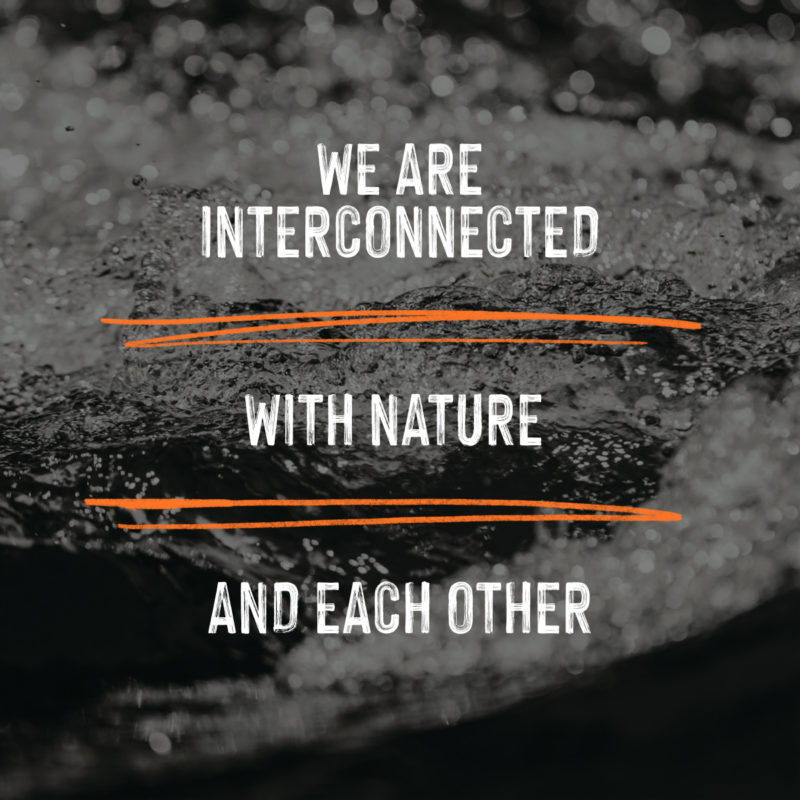
Kumi suggested that activism must learn to humble itself to listen and learn from people, understand the world around them, and learn to communicate the narratives and stories that make sense to real people. Concluding with a poem, Kumi urged the attendees to analyse and understand the power that people have – whether that be political power as voters or protestors, social power through volunteering or caring for others, creative power as custodians of ancient wisdom and new visions, cultural power as shapers of values, ethics and art, and financial power as investors, consumers and employees.
Communities as a springboard for action
For Immy Kaur, Co-Founder and Director of CIVIC SQUARE, the intersection of policy, narrative and connection is combined in the shape of the community library. Her organisation is working to develop new civic infrastructure, regenerating dilapidated buildings in Birmingham, to create collaborative, creative, participatory ecosystem, where artists and creatives can start to imagine new relationships, new trust, new ways of being organising and creating together.
“ The struggle for justice is not a sprint, but a marathon. And the biggest sacrifice anyone can make is to be true to their values, until those injustices have been overcome.”
These spaces open up new connections and strengthen community bonds – eroding the narrative of separation and replacing it with one of interconnection – by creating an accessible safe space where people can chat, have lunch, tell stories, share their thoughts and dreams, and build trust. This, Immy argued, was an essential first step towards tackling the daunting, complex challenges of our times – by developing the belief that it's possible for us to break down these big issues into things that we can do something about together today. When a system is far from equilibrium, small islands of coherence – like the new community infrastructure that Civic Square are building in Birmingham – have the capacity to shift the entire system.
Reconnecting our stories with nature
As well as building new communities, there’s important work to be done as individuals to reconnect ourselves with nature, and Andres Roberts, a human development guide and founding partner of the Bio-Leadership Project, set out how we might change the story of human progress by working with nature. Learning from the organisational patterns of nature – webs, cycles, seasons, flow – we can begin to shift away from the mindset of dominance, hierarchies and linear flows – a shift, for Andres, from maximalisation to optimisation.
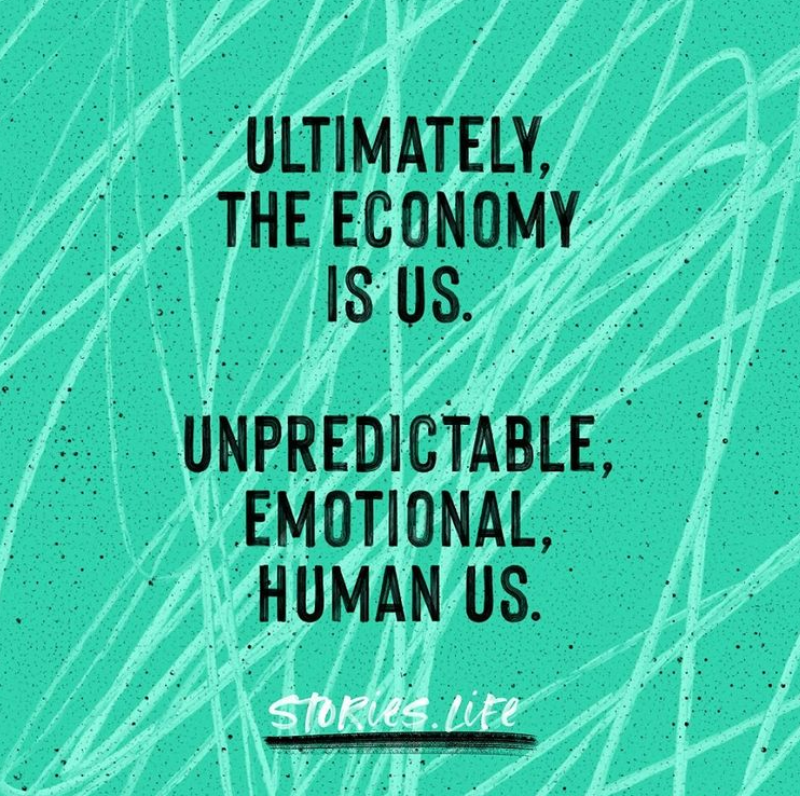
As Andres puts it, "when we look closely, we see that we are vessels that are connected and constantly flowing with everything around us – our breath, the water we drink, the food we eat, all is in cycle with nature." This cycle is captured by the story of the seasons: an ancient, powerful universally understood metaphor for birth, growth, decline, and rebirth that has enormous cultural, social and spiritual power. shifting the story to reconnect with nature is perhaps the best story we could tell right now.
And with that, our host Dan Burgess brought the event to a close with a final reflection. Inviting us to remember all our predecessors who worked towards a fairer, better world - all those activists, indigenous protectors, writers, designers, artists, thinkers, dreamers, innovators, scientists, carers, and teachers who dedicated their lives to creating a better future - Dan reminded us that we are now standing on their shoulders, able to draw on all of their creativity and insight, and now it is our time to step into service to build on all their efforts and create a new story for the future.
If you’d like to learn more about the project or get involved, check our the Stories for Life website, here.
